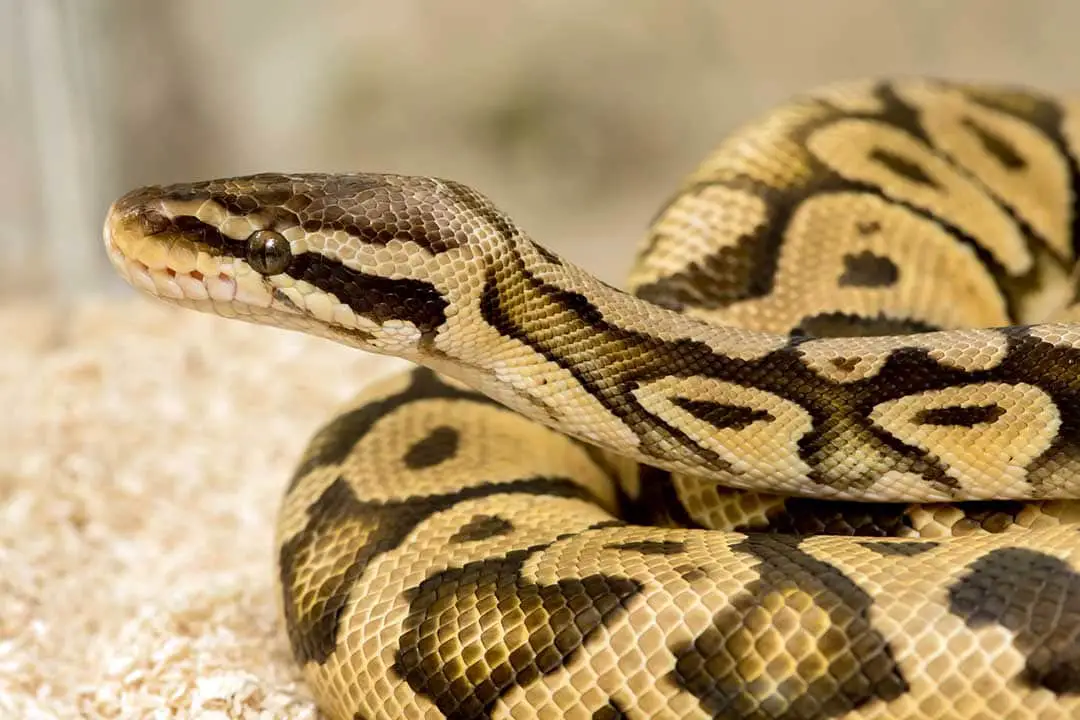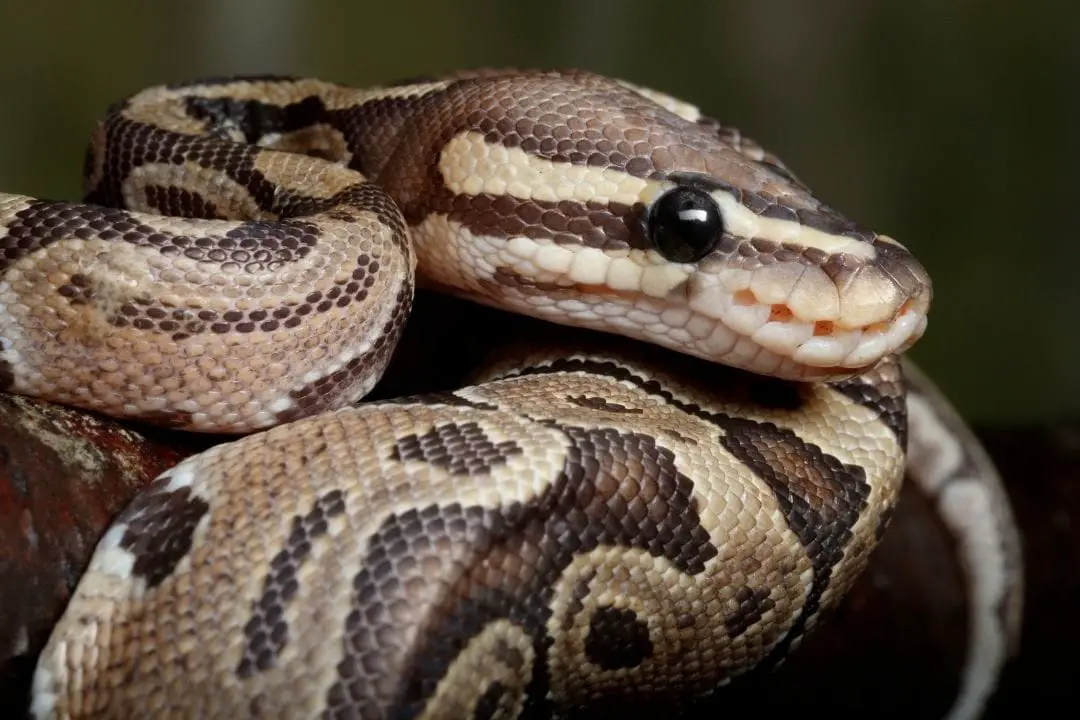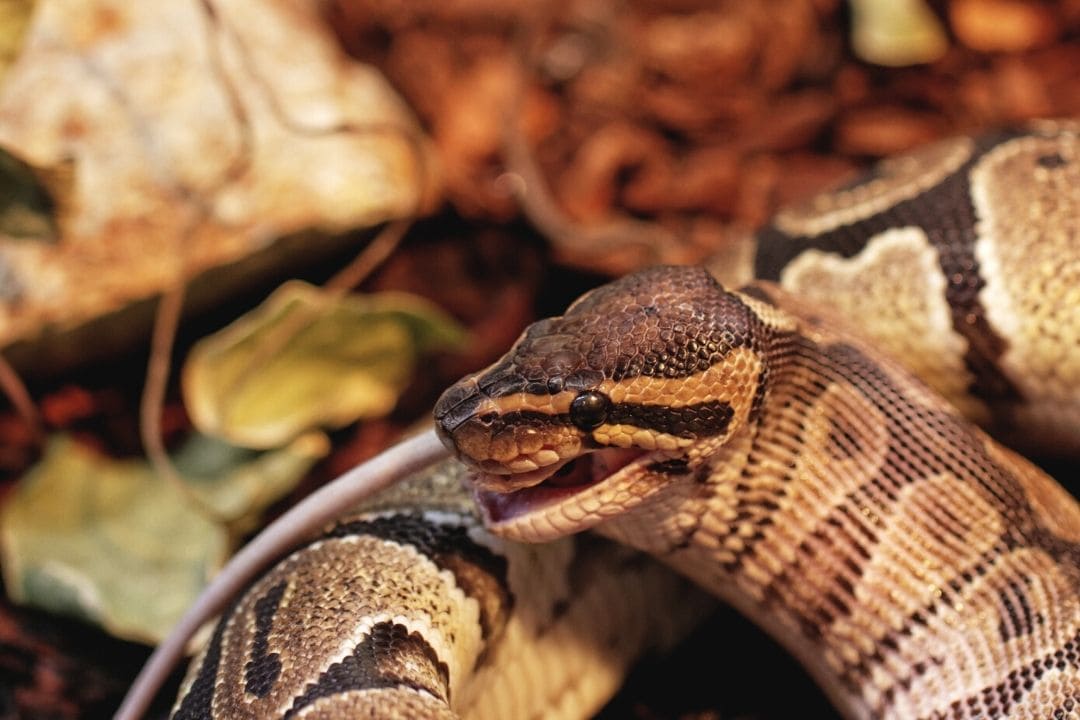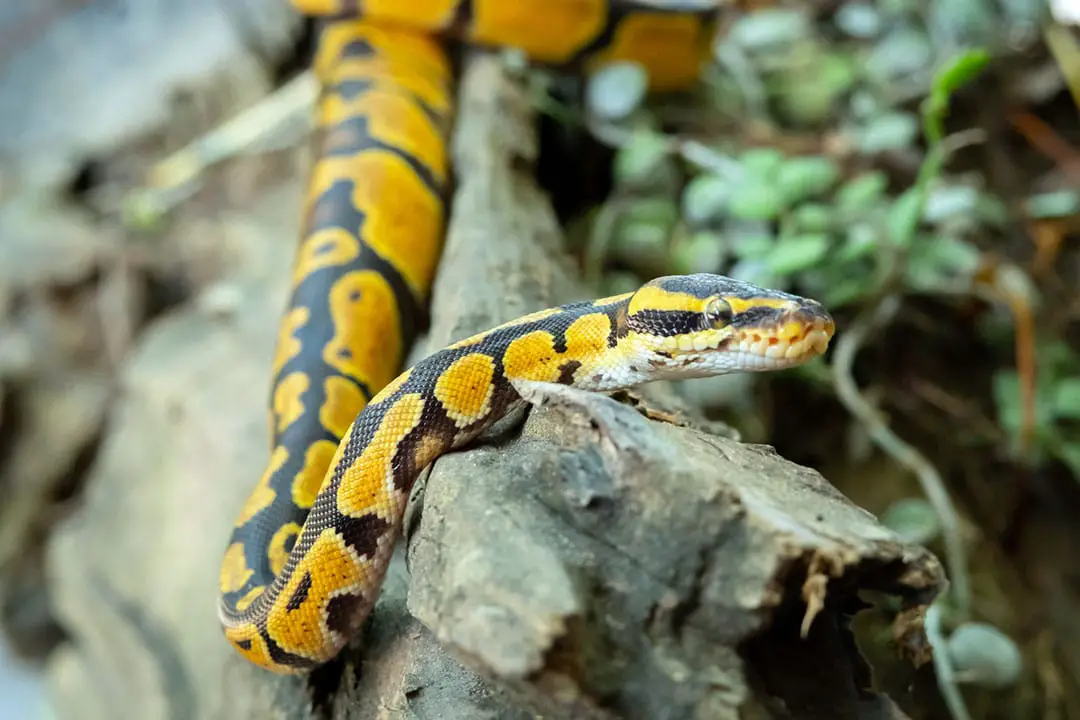Ball pythons (Python regius) are one of the most popular snakes in the pet trade. These animals are wonderful creatures and truly fascinating. Here are some fun facts about these animals.
1. Ball Pythons Can Go Months Without Food
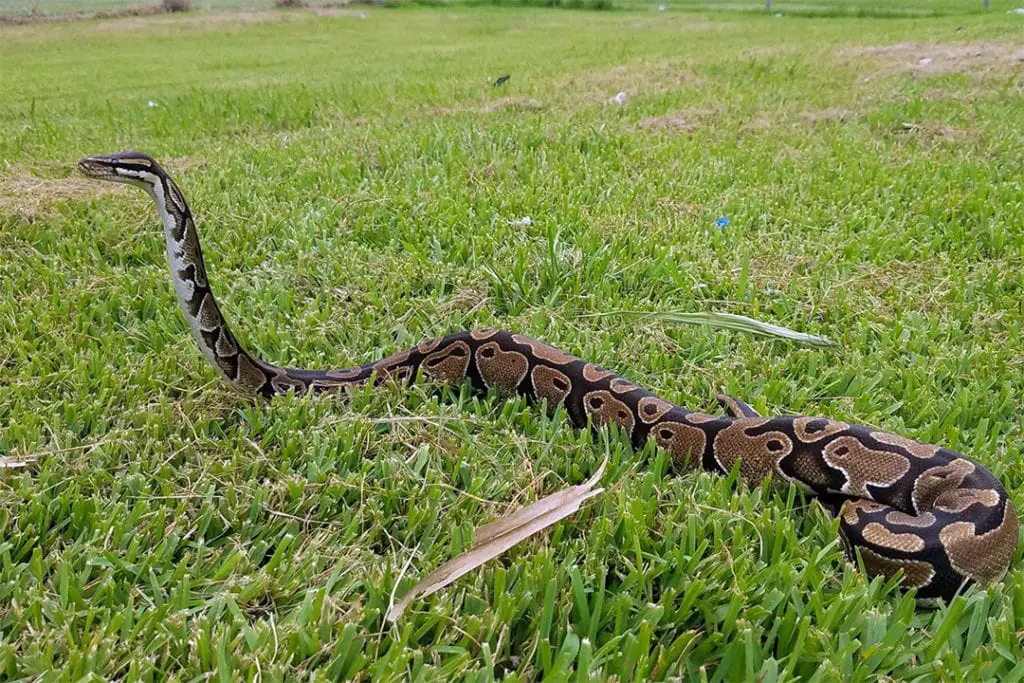
Many snakes are very good at surviving periods of low food availability. Prey availability depends on the season. Many snakes have the ability to withstand these dry periods for food.
During the dry season in Western and Central Africa, these snakes may go months without food.
This study examined how snakes including the ball python handle long periods of fasting. It found that snakes like the ball python can suppress their metabolism by up to 72%! This may be why ball pythons in captivity can avoid food for so long.
2. Ball Pythons Can See Ultraviolet Light
Ball pythons hunt primarily via scent and with their hit sensing organs called labial pits.
A study that examined the photoreceptors of the ball pythons found that these snakes may use ultraviolet light to help locate prey. It noted some other species of snake will move during the day and find rodent trails where the snake will wait for rodents to pass by.
Ball pythons may exhibit the same behavior. Some rodents have urine that can be seen with ultraviolet, and many leave trails. The study notes that some species of bird use this to hunt, and it may be a similar mechanism in snakes.
3. Ball Pythons Mainly Hear Via Vibration
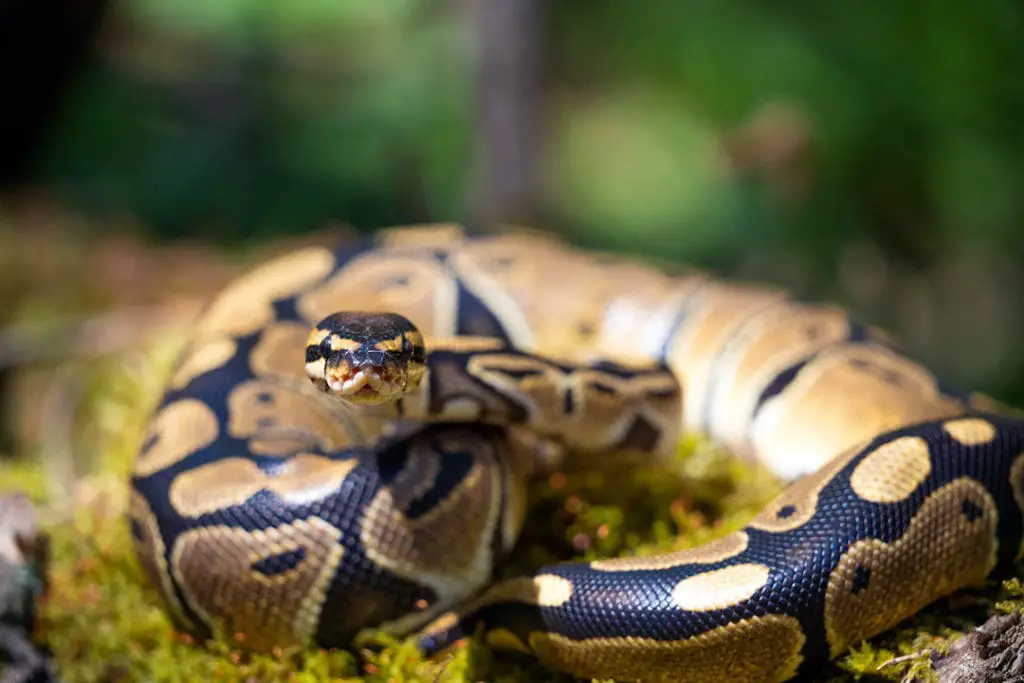
Ball pythons like all snakes do not have the outer ear that lets many other tetrapods including humans hear aerial sound. This was likely lost over time. Snakes mainly hear substrate vibration.
This study did show that they can hear some aerial sound, but it was mainly detected via the vibration of the skull. They can mainly detect lower frequencies.
4. Ball Pythons Incubate Their Eggs
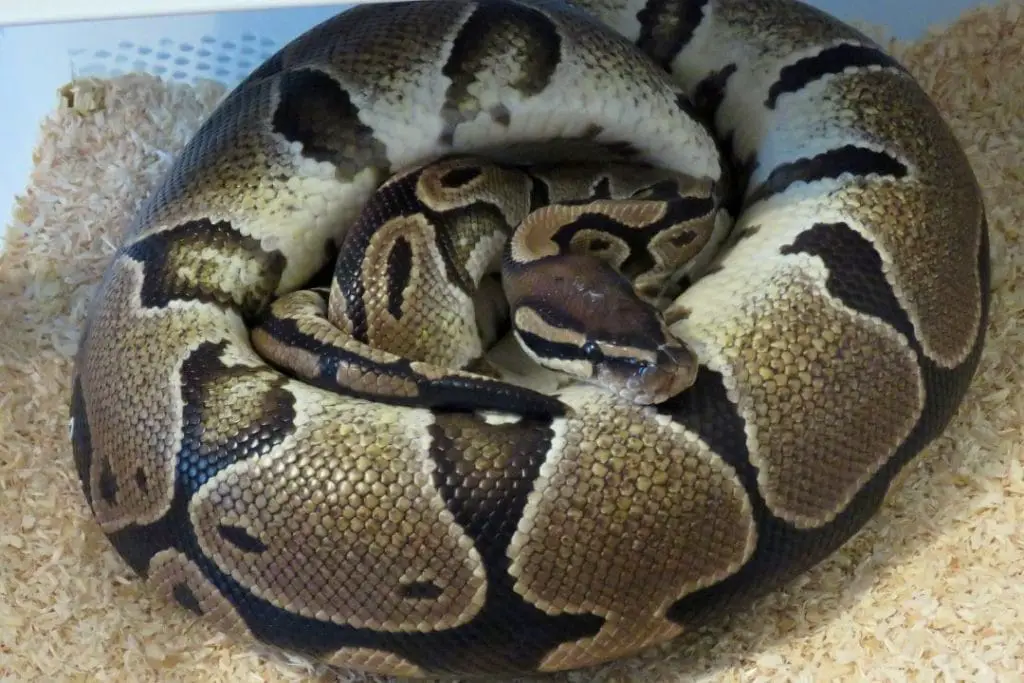
Many species of egg-laying snakes will deposit their eggs and leave.
This leaves the survival of the eggs up to chance. This isn’t the case with ball pythons and their relatives. These snakes will select a good nest site and lay their eggs inside.
Female ball pythons in the wild will pick an abandoned mammal burrow that will help her control the heat and humidity.
Ball pythons will bask to raise their body temperature and then wrap around the eggs to transfer that heat to them. The mother will also use her coils to control the humidity of the eggs.
The mother snake will keep the eggs at the right humidity and temperature to allow the babies to hatch. The babies will typically leave not long after hatching. Most female ball pythons will be reluctant to feed while gravid or incubating eggs.
This means that females can lose a large amount of weight during the 60 days or so it takes for the eggs to hatch.
5. Maternal Care Makes Better Hatchlings
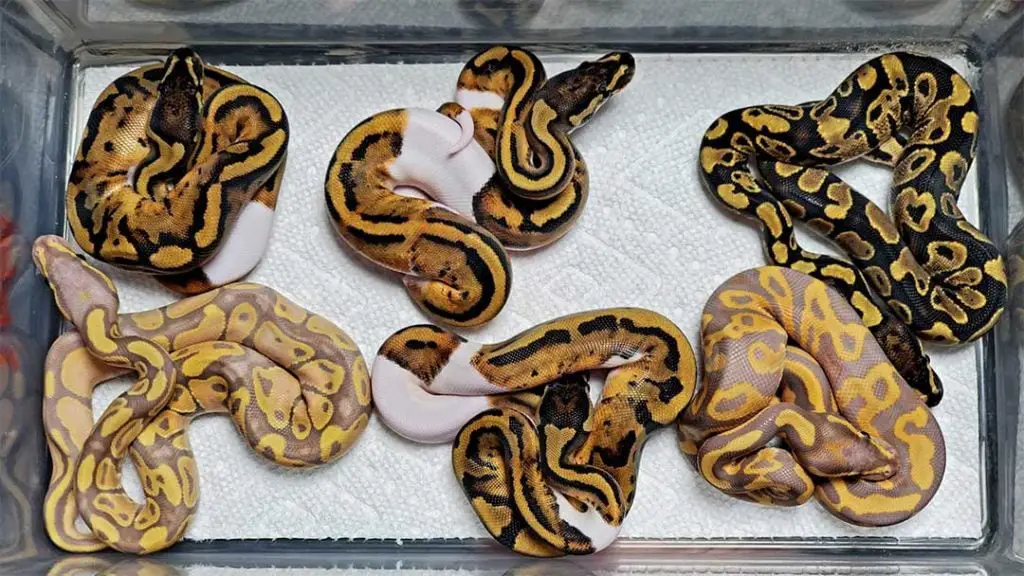
Incubating eggs is a massive cost for a female ball python.
A study actually compared what type of intubation produced the strongest hatchlings. 10 female ball pythons were left with their eggs until the eggs hatched.
Another group was taken off the eggs after 15 days, and the final one used the same method of artificial hatching that is used by the facility the study was done at. It was found that the eggs with maternal care lost less mass and produced larger and healthier hatchlings.
The young snakes were more active and shed more quickly than the other incubation methods. This means that more babies will be hatched and healthier if the mother sticks around.
6. Female Ball Pythons are Larger
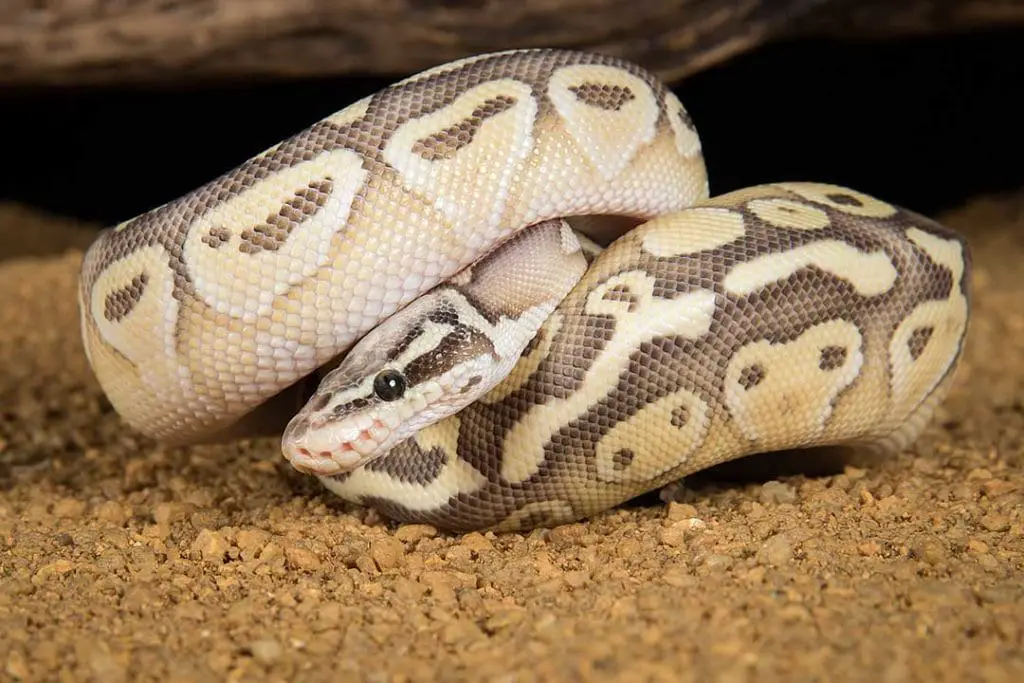
Male ball pythons rarely exceed 3.5 feet in length. Females can be 4 to 5 feet long, but they are much heavier than males even in snakes that are the same length.
This study compared male and female snakes and showed that female snakes grow more quickly and have longer jaws proportionally than males.
7. Male and Juvenile Ball Pythons are Semi-Arboreal
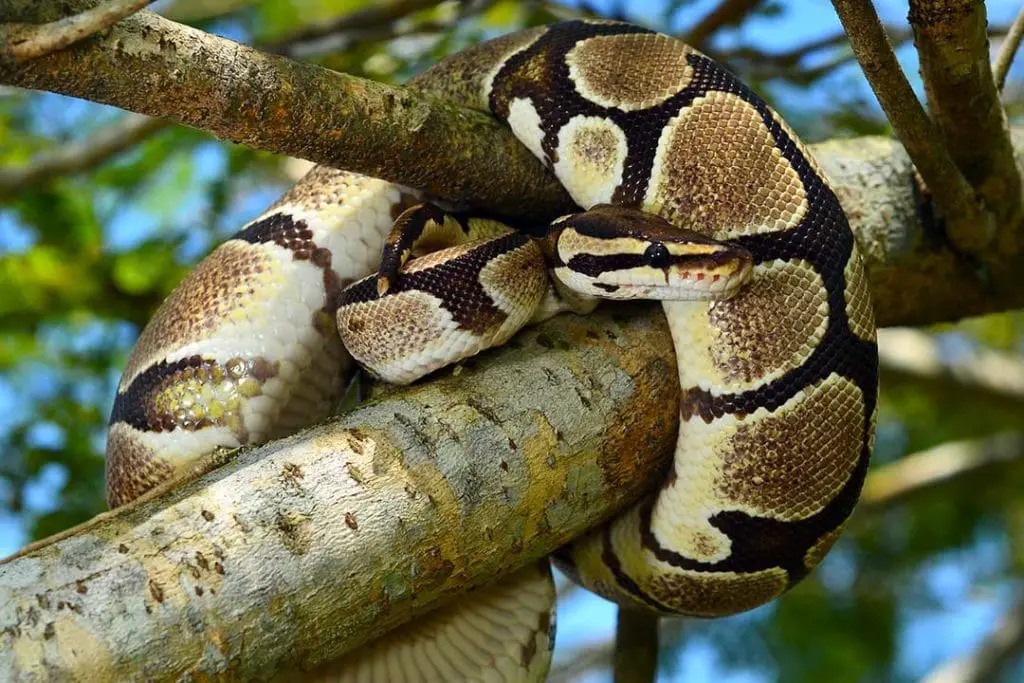
Male and juvenile ball pythons have different habits than the larger and heavier adult females. It isn’t unusual to find male or juvenile animals in trees during the evening.
This lets them find prey without risking attack by ground-dwelling predators. During the day, these snakes are more typically found resting in burrows to escape the heat.
Male snakes have been noted to have ectoparasite loads that mimic arboreal snakes since they do so much of their hunting in low branches and bushes.
8. Male and Female Pythons Have Different Diets
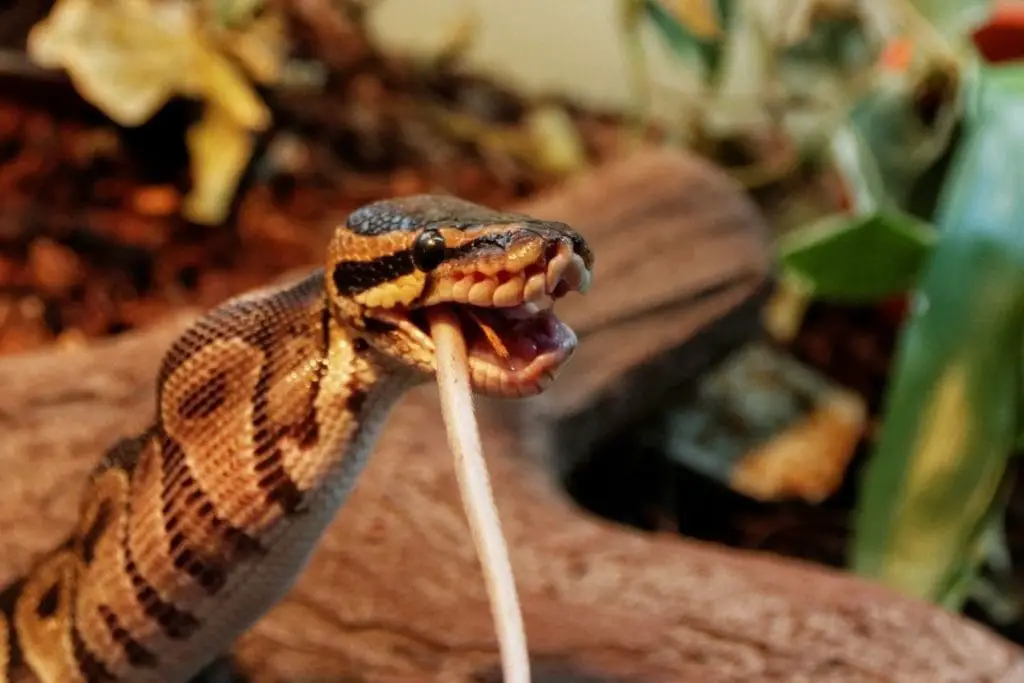
This study in southeastern Nigeria found that male and female snakes had different diets. Male snakes were noted as having more birds and arboreal mammals in their diet than female snakes. This only evens out when males reach sizes that make it too difficult for them to climb. However, females do have some arboreal prey in the diet, which may indicate that they will take arboreal prey if they can find branches that will support their greater weight.
9. Captive Ball Pythons Come in Many Colors
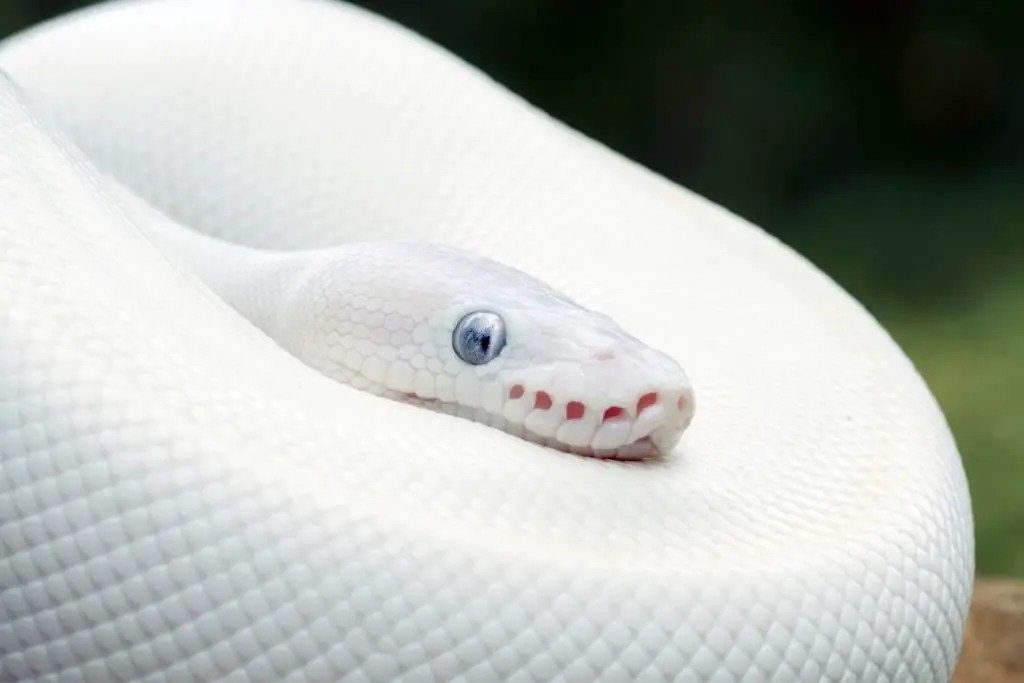
Ball pythons are famous for the many colors they come in. Many breeders experiments with genes that change the colors and patterns expressed by the snake.
The most basic like albino remove melanin. Others may remove the yellow pigment. There are also genes that change the pattern of the snake, including pied and many types of stripes. Breeders can combine genes to create unique appearances or morphs.
There are over 7,000 listed on this website. This means you can find nearly any appearance you like in ball pythons.
10. Some Morphs Can Have Problems
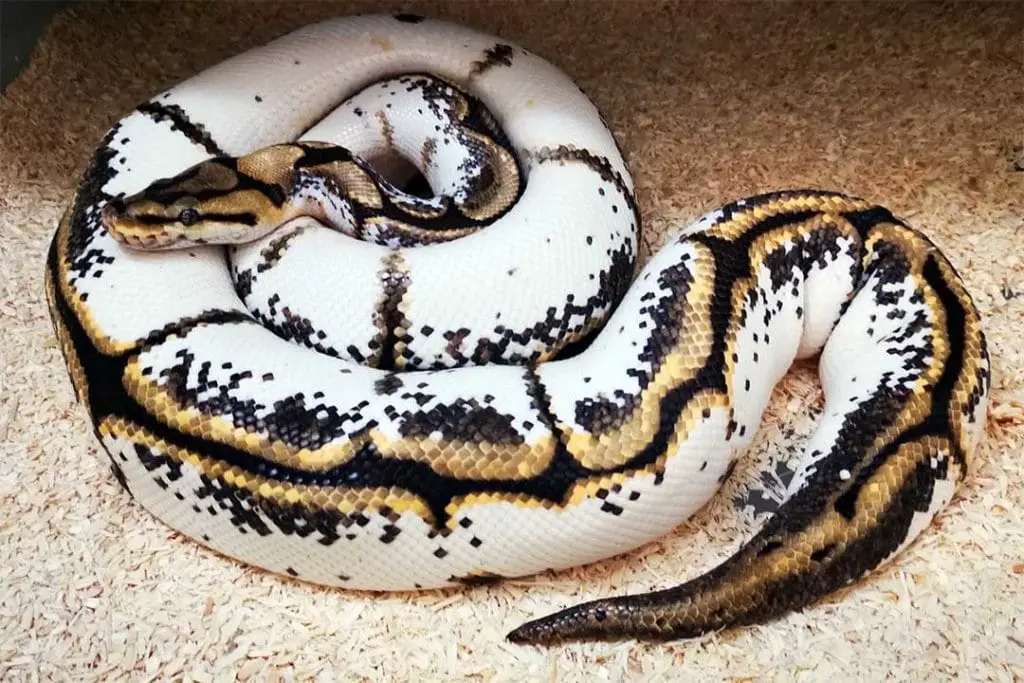
While there are many beautiful colors of ball pythons, some of the genes that cause them can give the snake health concerns. Albino ball pythons were noted in this study as basking much less than animals with different pigments.
This could indicate that something about basking gets uncomfortable for them more quickly. This may be related to the lack of pigments not protecting them from UV light as effectively.
The spider morph as well as a few others have been noted to produce a “wobble”. This is a neurological condition that causes the snake to have abnormal movements. This can be minor swaying or so severe that the snake can’t easily feed.
Some of them, such as spine kinking and facial deformities can be so severe that the snake needs to be euthanized. If you ever decide to breed snakes, be sure to look up what genetic conditions they may suffer from so you aren’t breeding animals that will suffer.
Everything you need to know about caring for Ball Pythons in captivity:
Read our Ball Python Care Sheet (Complete Setup & Guide)
Conclusion
Ball pythons are truly wonderful animals.
There is so much you can learn about these snakes. New studies about them come out regularly, so we are sure to know more about them as the years go on.
If you have any fun facts about ball pythons, be sure to share them below!
